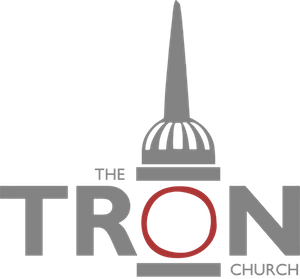"38 After these things Joseph of Arimathea, who was a disciple of Jesus, but secretly for fear of the Jews, asked Pilate that he might take away the body of Jesus, and Pilate gave him permission. So he came and took away his body. 39 Nicodemus also, who earlier had come to Jesus by night, came bringing a mixture of myrrh and aloes, about seventy-five pounds in weight. 40 So they took the body of Jesus and bound it in linen cloths with the spices, as is the burial custom of the Jews. 41 Now in the place where he was crucified there was a garden, and in the garden a new tomb in which no one had yet been laid. 42 So because of the Jewish day of Preparation, since the tomb was close at hand, they laid Jesus there."
John 19:38-42
The commentators underline that the garden tomb was a very lavish burial place and, although John does not say so, he might well have added, 'That the Scripture might be fulfilled, He made his grave...with the rich in his death' (Isaiah 53:9). One writer makes the suggestion that the garden tomb has symbolic significance for John, in that the fall of the first Adam took place in a garden, and that it was in a garden that the second Adam redeemed mankind from the consequences of Adam's transgression. It was from this garden, on the third day, that the Son of God emerged as the forerunner of the new humanity in the new garden paradise of God. Finally, in 42, John's reference to the Jews' preparation seems to indicate that Jesus was crucified at the time when the Passover Iambs in Jerusalem were being slain for the festival. Paul takes this up when he says in 1 Corinthians 5:7, 'Christ our Passover is sacrificed for us', initiating thus the new covenant, sealing and ratifying it in His blood. This is surely what would be in John's mind, as he doubtless recalled our Lord's words in the Upper Room. Some think that the language of 42 suggests that the arrangements for Jesus' burial were only temporary, and that the mission of the women on Easter morning is thus understandable. But it may simply be an indication of the providential guidance of the Spirit that the tomb was nearby Calvary, so that Jesus could be laid to rest before the end of the day, which would not have been possible if the tomb had been at some distance from the scene of His death.
